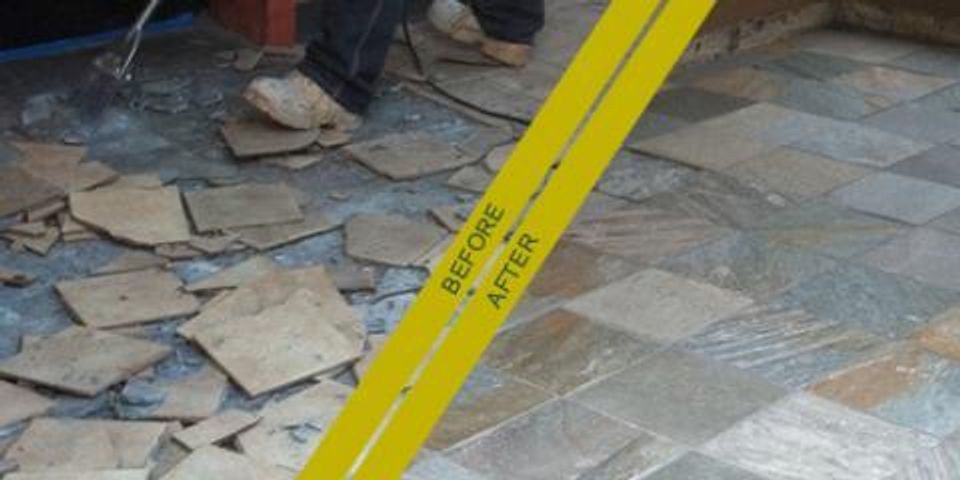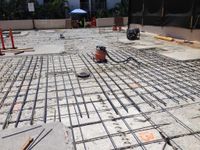Hawaii Contractors Highlight 4 Main Causes of Concrete Damage

As strong, tough, and reliable as concrete can be, it can still become weakened and damaged over time. Sturdy concrete walls and floors can develop cracks and holes, leading to overall deterioration. Before calling a concrete contractor like the ones at Central Pacific Specialty Contractors in Oahu for repair, it’s helpful to know exactly what causes concrete damage and how it can be rectified.
There are a few types of concrete damage, each resulting from something different. Here are a few of the most common:
- Steel Corrosion: Corrosion of the steel within concrete usually occurs due to the presence of chloride (from items such as de-icing salts), which destroys the layer of alkaline and subsequently causes rust. The rust then expands the concrete until it cracks and splits.
- Freeze-Thaw Disintegration: This happens when water makes its way into the concrete and freezes, causing bits of it to fall off. If not addressed, this can actually lead to the concrete to become completely destroyed.
 Shrinkage Cracks: Usually, concrete has a little moisture (not water) in it when it is first set. As soon as this moisture starts to evaporate, it shrinks the concrete, leading to the formation of cracks.
Shrinkage Cracks: Usually, concrete has a little moisture (not water) in it when it is first set. As soon as this moisture starts to evaporate, it shrinks the concrete, leading to the formation of cracks. - Blisters: If the concrete is finished and sealed prematurely, air and water can become trapped underneath the surface. This causes bubbles, or “blisters,” in the concrete.
Knowing the main causes of concrete damage is important when looking for a contractor. A lot of the common cracks and breaks are due to water, so if the concrete is located around a pool, it’s especially helpful to understand and be aware of. Central Pacific Specialty Contractors are experts when it comes to pool construction and concrete spell repair. They understand the reasons behind concrete damage, so their decorative pool contractors and concrete experts work hard to make sure they do everything they can to avoid any future cracks, breaks, or holes.
To learn more about Central Pacific Specialty Contractors, send them an email or visit their Facebook and Google + pages.
About the Business
Have a question? Ask the experts!
Send your question

